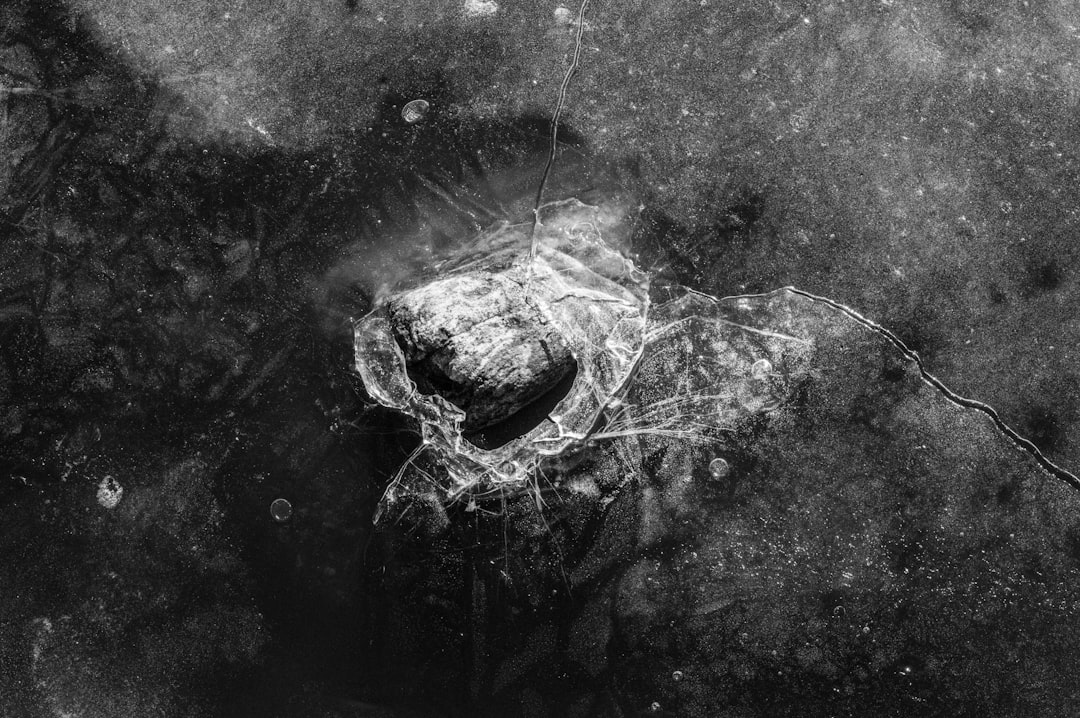What is it about?
An O-methyltransferase SpOMT2884, originating from Streptomyces peucetius ATCC 27952, was cloned, expressed, and applied for the production of target metabolite from Escherichia coli. Biochemical characterization of the 25kDa recombinant protein by in vitro and in vivo experiments showed that SpOMT2884 was an S-adenosyl-l-methionine-dependent O-methyltransferase. SpOMT2884 catalyzed O-methylation of different classes of flavonoids such as flavones (7,8-dihydroxyflavone (7,8-DHF), luteolin), flavonols (quercetin, rutin), flavanone (naringenin), and isoflavonoids (daidzein, formononetin). Biotransformation of 7,8-DHF, a preferred substrate of SpOMT2884, in a grown-induced culture of E. coli BL21 (DE3) harboring the recombinant pET-28a-SpOMT2884 stoichiometrically converted 7,8-DHF into 7-hydroxy-8-methoxyflavone, which was confirmed by liquid chromatography, mass spectrometry and various nuclear magnetic resonance (NMR) spectroscopy analyses. In order to improve the biotransformation substrate, time and media parameters were optimized and the production was scaled up using a 3-L fermentor. The maximum yield of 7-hydroxy-8-methoxyflavone was 192μM (52.57mg/L), representing almost 96% bioconversion within 12h, when 200μM of 7,8-DHF was supplemented in the culture. Further, the 7-hydroxy-8-methoxyflavone was purified in large scale and was used as a substrate separately for in vitro glycosylation to produce glucose, galactose and 2-deoxyglucose conjugated at 7th hydroxyl position of 7-hydroxy-8-methoxyflavone. Biological activity showed that 7-hydroxy-8-methoxyflavone had long term cytoprotective and antioxidant effects compared to 7,8-DHF suggesting that methylation enhances the stability of substrate and glycosylation has proved to increase the water solubility.
Featured Image
Why is it important?
Double modification of flavonoid
Read the Original
This page is a summary of: Methylation and subsequent glycosylation of 7,8-dihydroxyflavone, Journal of Biotechnology, August 2014, Elsevier,
DOI: 10.1016/j.jbiotec.2014.05.005.
You can read the full text:
Contributors
The following have contributed to this page










